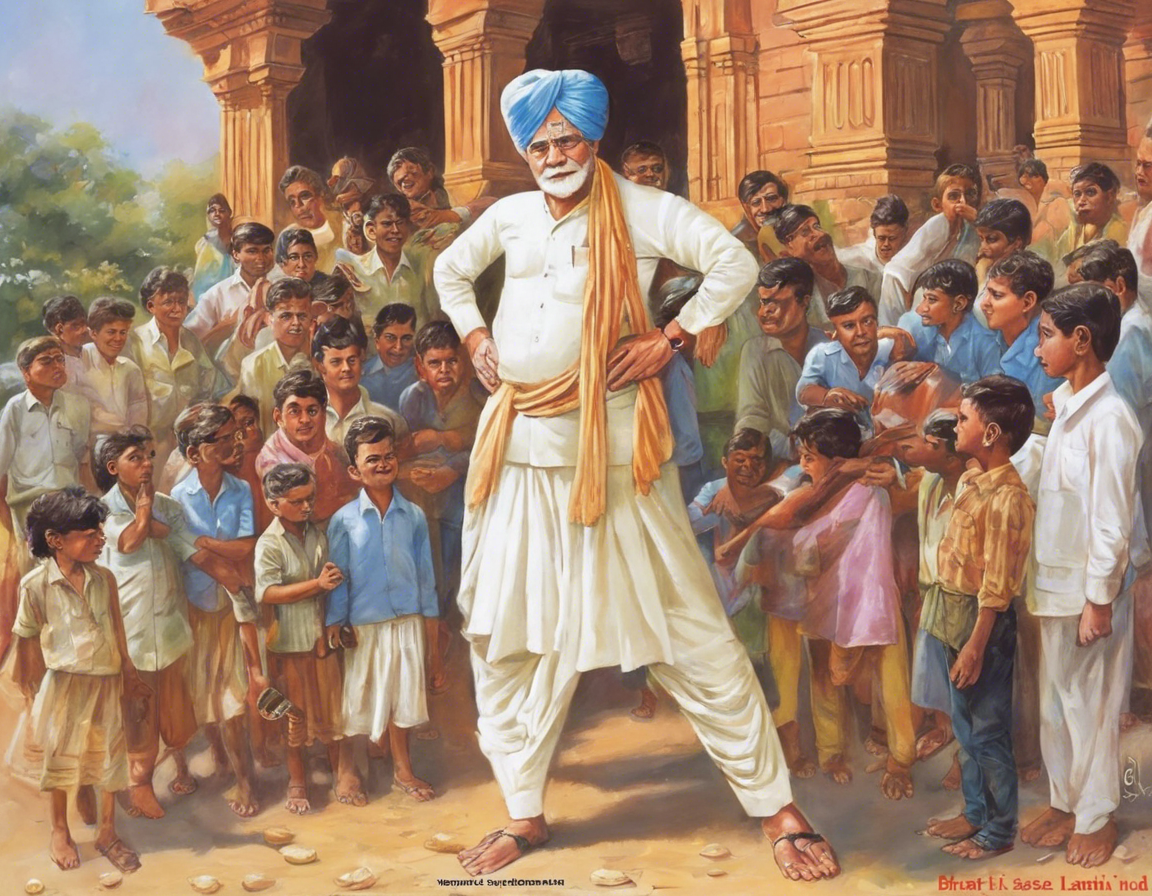The rivers of India hold a special place in the country’s cultural, spiritual, and geographical landscape. India is blessed with several monumental rivers, each with its own unique significance and beauty. One of the most iconic and longest rivers in India is the Ganga. Known as “Bharat ki Sabse Lambi Nadi” which translates to “India’s Longest River,” the Ganga River has played a crucial role in shaping the history and livelihoods of millions of people for centuries.
The Ganga River: A Sacred Lifeline
The Ganga River is more than just a river; it is considered sacred by millions of Hindus who believe that a dip in its holy waters can wash away one’s sins and bring salvation. Stretching over 2525 kilometers across the northern plains of India, the Ganga is not just a river but a lifeline for the people living along its banks.
Origin and Route
The Ganga originates in the Himalayas at Gangotri Glacier in Uttarakhand and flows through the states of Uttar Pradesh, Bihar, and West Bengal before emptying into the Bay of Bengal. Along its journey, the river enriches the soil, sustains agriculture, and provides livelihoods to millions of people.
Cultural and Spiritual Significance
The Ganga holds immense cultural and spiritual significance in India. The holy cities of Varanasi, Haridwar, and Allahabad are situated on its banks, and millions of devotees flock to these places to offer prayers and take a holy dip in the river.
Pollution Concerns and Conservation Efforts
Despite its cultural importance, the Ganga River is facing significant pollution challenges. Industrial waste, sewage discharge, and non-biodegradable waste have heavily polluted the river, posing a threat to aquatic life and the health of people dependent on its waters. In response to these challenges, the Indian government launched the Namami Gange project, a comprehensive initiative aimed at cleaning and conserving the Ganga River.
Initiatives Under Namami Gange
- Sewage Treatment Plants: Setting up STPs to treat sewage before it enters the river.
- Awareness Campaigns: Educating communities about the importance of keeping the river clean.
- Riverfront Development: Beautification projects to restore the river’s glory.
- Biodiversity Conservation: Protecting the flora and fauna of the river ecosystem.
Ganga River: A Source of Livelihood
The Ganga River is not just a spiritual and cultural icon; it is also a vital source of livelihood for millions of people. The fertile plains along the river support extensive agriculture, with crops like rice, wheat, and sugarcane being grown in abundance. Fishing is another important economic activity along the river, providing sustenance to many families.
Tourism and Economic Impact
The Ganga River attracts a large number of tourists every year, both domestic and international. Pilgrims, nature enthusiasts, and adventure seekers all flock to the river to experience its beauty and spirituality. This influx of tourists has a significant economic impact, boosting local businesses and supporting the tourism industry.
Challenges and Future Prospects
While significant strides have been made in cleaning and conserving the Ganga River, several challenges remain. Rapid urbanization, industrialization, and climate change continue to threaten the health of the river. Sustained efforts in pollution control, awareness building, and sustainable development are essential to ensure the long-term health and vitality of the Ganga River.
Future Prospects
- Technological Solutions: Implementing advanced technologies for monitoring and managing river pollution.
- Community Engagement: Involving local communities in river conservation efforts.
- Policy Reforms: Strengthening laws and regulations to protect the river’s ecosystem.
Conclusion
The Ganga River, “Bharat ki Sabse Lambi Nadi,” is not just a river; it is a symbol of India’s rich cultural heritage, spiritual beliefs, and ecological diversity. While facing numerous challenges, the Ganga remains a source of life and inspiration for millions of people. By coming together to protect and preserve this iconic river, we can ensure that it continues to flow as a beacon of hope and renewal for generations to come.
Frequently Asked Questions (FAQs)
1. What is the length of the Ganga River?
The Ganga River stretches over 2525 kilometers, making it one of the longest rivers in India.
2. Why is the Ganga River considered sacred?
The Ganga River is considered sacred in Hinduism, and a dip in its holy waters is believed to wash away one’s sins and bring salvation.
3. What are the major threats to the Ganga River?
The Ganga River faces pollution from industrial waste, sewage discharge, and non-biodegradable waste, posing a severe threat to its health and ecosystem.
4. What is the Namami Gange project?
The Namami Gange project is an initiative by the Indian government aimed at cleaning and conserving the Ganga River through various measures like setting up sewage treatment plants and raising awareness.
5. How does the Ganga River support livelihoods?
The Ganga River supports livelihoods through agriculture, fishing, and tourism, providing employment opportunities to millions of people.
6. What are some of the key initiatives under the Namami Gange project?
Key initiatives under the Namami Gange project include setting up sewage treatment plants, conducting awareness campaigns, and promoting riverfront development.
7. Why is river conservation important?
River conservation is essential to protect the ecosystem, wildlife, and communities dependent on the river for their livelihoods and sustenance.
8. What role do communities play in Ganga River conservation?
Communities play a crucial role in Ganga River conservation by actively participating in clean-up drives, awareness campaigns, and sustainable practices.
9. How can tourists contribute to Ganga River conservation?
Tourists can contribute to Ganga River conservation by practicing responsible tourism, avoiding littering, and supporting local eco-friendly initiatives.
10. What is the significance of the Ganga River beyond India?
The Ganga River holds immense cultural, spiritual, and ecological significance not just in India but globally, attracting visitors and devotees from around the world.
